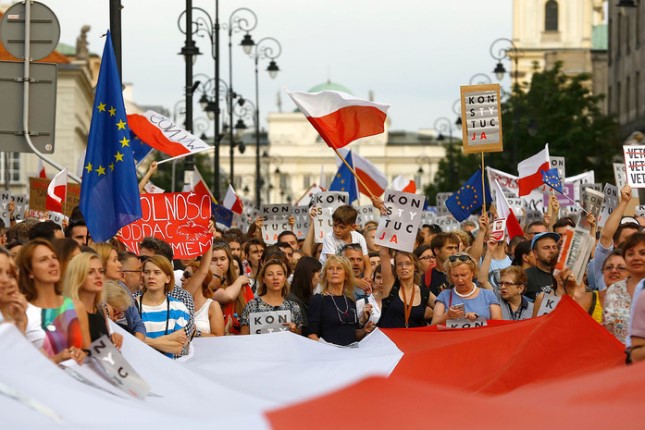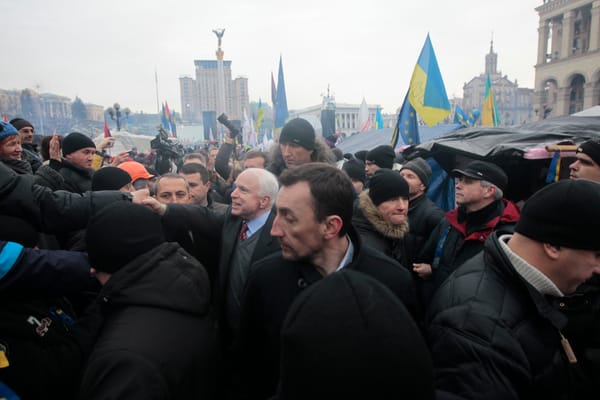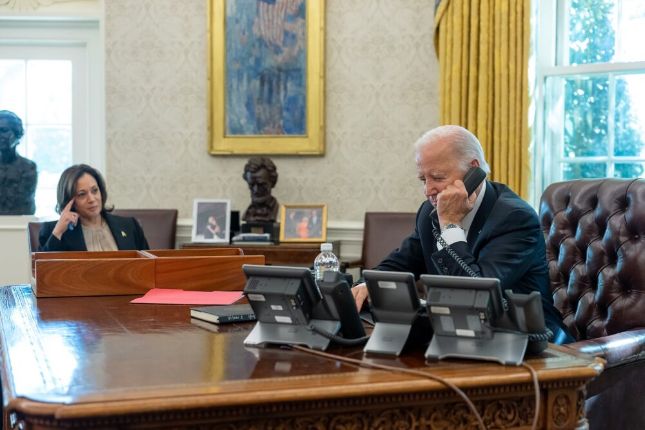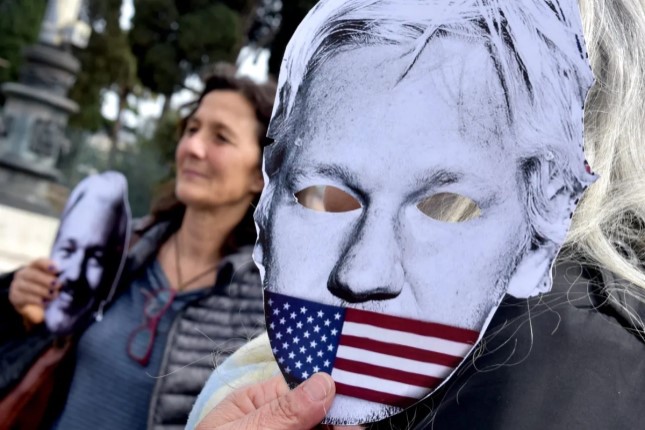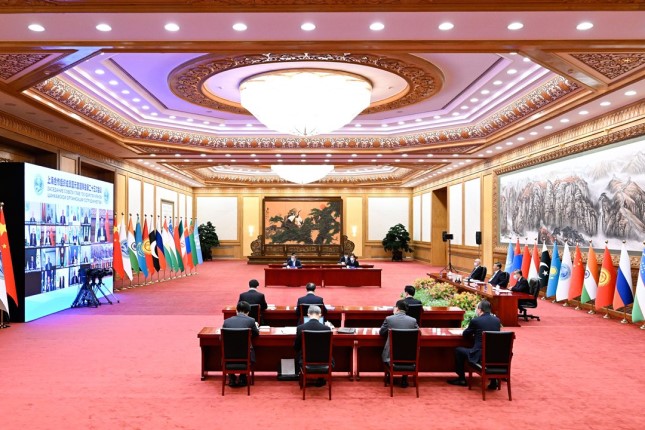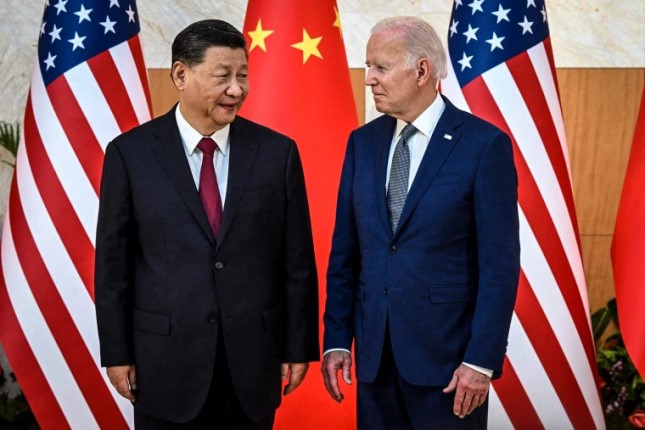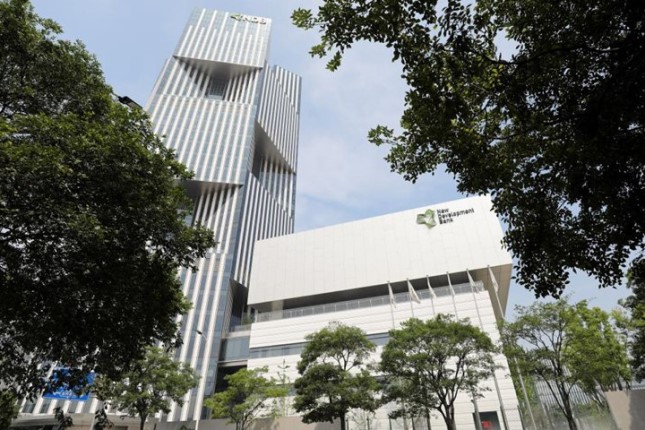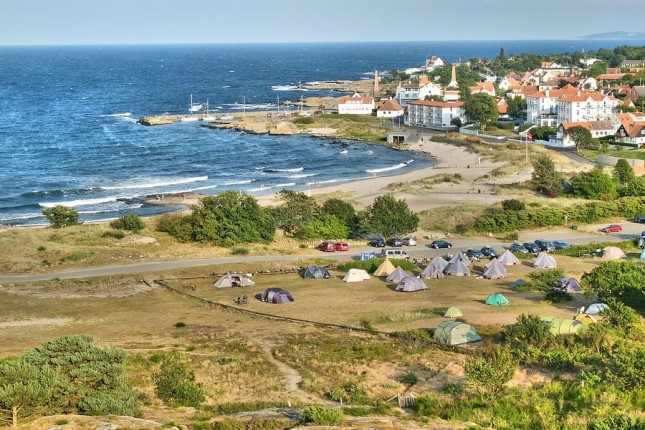On Sunday, June 4, one of the largest mass demonstrations against the Polish government since the collapse of Stalinism and the restoration of capitalism in 1989 took place in Warsaw. Observers spoke of up to half a million demonstrators in Warsaw, which has a population of 1.76 million. Many travelled to the capital from all over Poland to participate in the demonstration.
The main reason for the protests was a recent law by the ruling far-right Law and Justice Party (PiS), establishing a Special Commission against Russian Influence. Standing outside parliamentary control, this “quasi-court” is to investigate the country’s politicians retroactively from 2007 to 2022. In the style of the anti-Communist and anti-Soviet McCarthyite hearings of the early 1950s in the United States, the “Special Commission against Russian Influence” would hold public hearings. If “influence” is found, defendants can be fined and banned from holding political office for up to 10 years.
Coming on the heels of the de facto abolition of an independent judiciary, the scrapping of the powers of parliament, and a large-scale assault on democratic rights such as abortion and free speech, the law represents a further escalation of the efforts by the PiS to establish dictatorial rule.
It comes amid advanced discussions that Poland might openly intervene in the NATO war with Russia in Ukraine. The PiS has justified the law as essential to safeguarding “national security.”
The protest was organised above all by the largest opposition party “Platforma Obywatelska” (PO, Civic Platform) under party leader Donald Tusk. It views the law as an attack on the PO and Tusk, in particular, ahead of the national elections this fall.
The protesters predominantly came from urban middle class layers and footage of the demo showed a sea of Polish national flags, as well as EU and Ukrainian flags. The protests also included many young people, however, and some placards raised social issues, such as the high inflation of over 18 percent. Others demanded the right to free abortion.
There is undoubtedly growing social discontent among the Polish population and anger at the right-wing Law and Justice Party (PiS) government and its attacks on democratic rights. This social and political discontent is however directed by the PO opposition into right-wing, militarist channels.
The PO timed the protest to coincide with the 34th anniversary of the 1989 elections. Lech Wałęsa, ex-leader of the Solidarność movement and Poland’s first president after 1989, spoke at the rally.
The 1989 elections were immediately followed by the smashing of the Stalinist-ruled Polish People’s Republic and the restoration of capitalism, which led to a social catastrophe for the working class in Poland and throughout Europe. Both the PO and the ultra-right PiS ruling party emerged from the restoration. They fully support the NATO war offensive against Russia in Ukraine and seek to outdo each other in their anti-communist and anti-Russia agitation.
Poland, along with the Baltic states, is NATO’s main frontline state against Russia. Earlier this month, former NATO Secretary General Anders Rasmussen declared the alliance could intervene directly in the conflict militarily, naming Poland and the Baltic states in particular. In March, Polish Ambassador to France Jan Emeryk Rościszewski threatened that Poland would have “no choice but to enter the conflict” if Ukraine alone could not successfully wage war against Russia.
Warsaw is also preparing a massive expansion of the Polish army to 250,000 soldiers, which would make it one of the largest armies in Europe. In addition, the Polish army wants to acquire 1,500 battle tanks, which would make Poland’s army the third-largest tank army within NATO. Both factions of the Polish bourgeoisie are ramming through these rearmament and war plans behind the backs of the working class.
The far-right PiS accuses Tusk, who was Polish prime minister in 2007-2014, and EU Council president from 2014 to 2019, of having “Russia-friendly” and “Germany-friendly” policies. In reality, like all Polish bourgeois rulers, Tusk worked closely with Washington as head of state. The Tusk government also played a central role when the US and the EU financed and co-organised a right-wing coup in Kiev against the pro-Russian government of Viktor Yanukovych in February 2014.
There are longstanding conflicts in the Polish bourgeoisie over its foreign policy and, in particular, Poland’s relationship with Germany. Both parties are vehemently anti-Russian and work closely with Washington. In contrast to the PiS, which is often vehemently anti-German, however, the PO favours close cooperation with the EU—above all Germany, with whose economy Poland is closely intertwined. Tusk was considered a close ally of then German Chancellor Angela Merkel, especially during his term as EU Council president, and was denounced as a “German candidate” by the PiS.
While the two parties have bitter conflicts about the allies and methods with which to wage war, both are on a war footing against Russia. Indeed, in both the choice of means and the right-wing nationalist and anti-Russia rhetoric, there is little difference between PO and PiS.
As recently as autumn 2022, the PO itself suggested a parliamentary commission of inquiry into PiS energy policy, claiming that it had been “Russia-friendly.” PO also blames its electoral defeat of 2015, due to its anti-social policies, on a wiretapping scandal for which the PiS had allegedly allied itself with the Russian secret service. During the parliamentary vote on the special commission, angry anti-Russian outbursts against the PiS came from the opposition ranks, including accusations that “this law bears Putin’s spirit.”
The factional fighting within the Polish bourgeoisie and the hysterical agitation against Russia reflect deep social tensions and far-advanced preparations for direct Polish intervention against Russia.
While the law is part of an intensifying factional struggle within the Polish bourgeoisie, its primary target will be opponents of the war against Russia and opposition within the working class. Indeed, a central motivation for the anti-Russia hysteria and warmongering of both parties is the attempt to divert attention from explosive class tensions in Poland.
Poland borders directly on Ukraine and has been particularly affected by the social and economic consequences of the war. Millions of Ukrainians fled to Poland after the war began, where they were taken in by hundreds of thousands of Polish families, mostly at their own expense. In some cities, the population increased by a quarter, a third or even a half, practically overnight. The inflation rate in the country is among the highest in Europe, still exceeding 13 percent.
The war has already deeply destabilized one of the most socially unequal societies in Europe. As a result of capitalist restoration, the top 1 percent has more than quadrupled its income since 1989, and new statistics show a further increase in the number of millionaires during the pandemic.
By contrast, in 2020, almost 2 million Poles were living below the subsistence level of 640 zloty per month (about €144), 1.7 million of whom were working. More than 400,000 children lived in abject poverty. In total, according to official figures, over 41 percent of the total population (15.5 million) lived in poverty that year. Under these conditions, exacerbated by the effects of the coronavirus pandemic, inflation has devastated millions of Polish workers and their families.
The massive military expenditures now prepared by the Polish bourgeoisie will be accompanied by further attacks on workers’ living standards.
Source: World Socialist Web Site.
